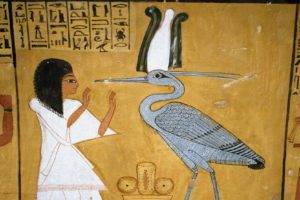Tomb of Ramesses III
KV11
The Tomb of Ramesses III (KV11) is known as the “Tomb of the Harpists” because of its striking images of blind musicians. This large structure is more than just stone and paint; it tells the story of Egypt’s last great pharaoh, carved into the rocks of the Valley of the Kings. Inside, you will find twisting corridors due to a nearby tomb’s influence. The tomb opens into colorful chambers filled with myths. Here, texts such as the Litany of Ra, the Book of Gates, and the Amduat guide the king through the underworld. KV11 is not just a tomb; it is a time capsule of strength, art, and belief, offering visitors a rare opportunity to experience what it was like for a pharaoh preparing for eternity.
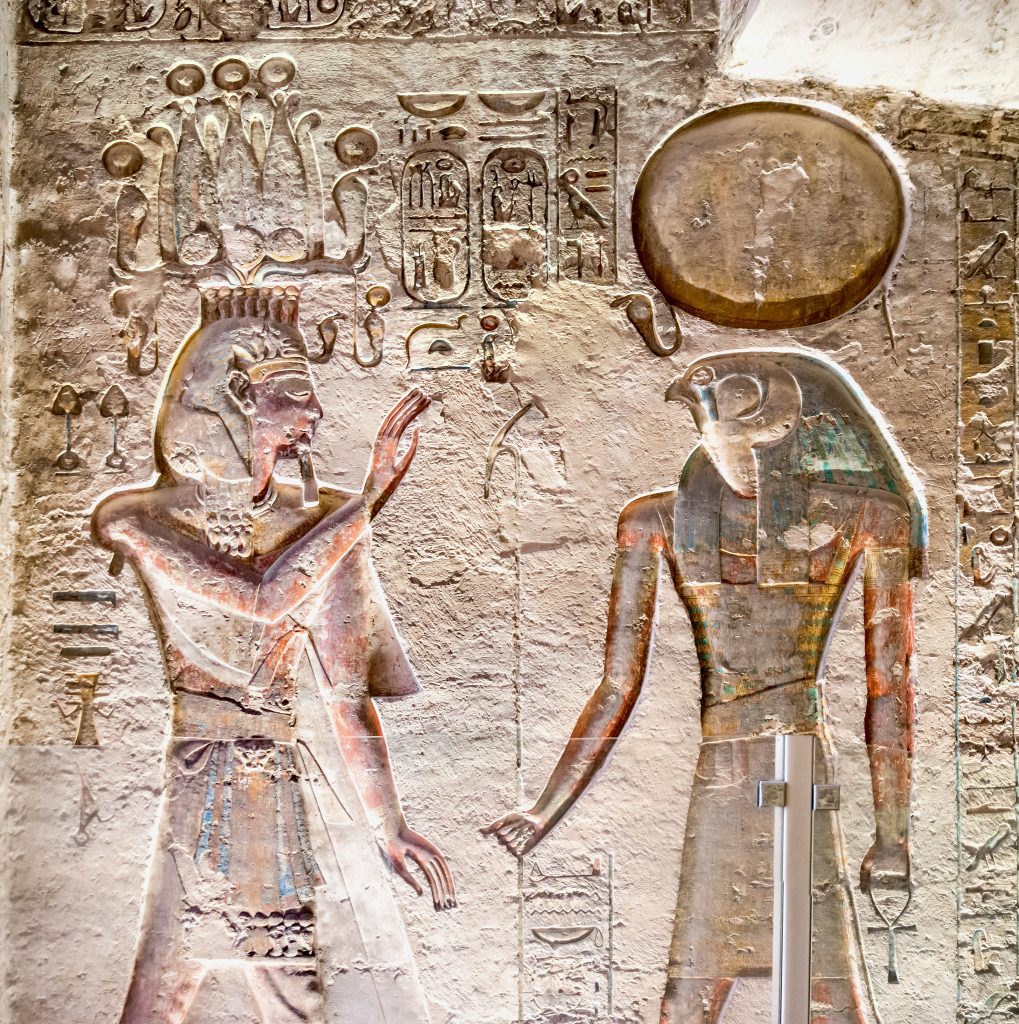
Who Was Ramesses III?
Ramesses III ruled Egypt from 1184 to 1155 BCE during the Twentieth Dynasty. He is known as the last great pharaoh of the New Kingdom. He defended Egypt against attacks from the Sea Peoples and Libyan invaders, helping to secure the country’s borders during a troubled time. However, his reign also faced problems like economic decline, unrest among workers, and the Harem Conspiracy, in which members of his household planned to assassinate him.
His tomb shows this mix of strength and insecurity. It is grand and impressive, but it also reflects anxiety and the need for protection. Every wall, corridor, and chamber in the tomb was built to protect his soul and to declare his eternal rule.
Luxor Tours & Activities
Looking to save some costs on your travel? Why not join a shared group tour to explore Luxor, Egypt? Here are some activities you might be interested in:
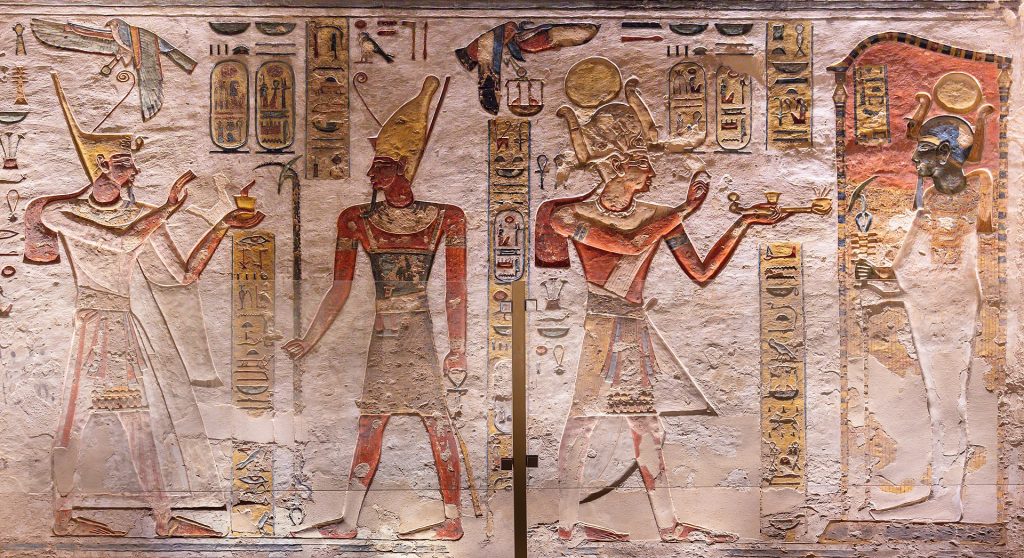
Discovery and Rediscovery of KV11
The tomb was first discovered in 1768 by Scottish traveler James Bruce, who named it “Bruce’s Tomb.” Later, in the early 1800s, Giovanni Belzoni explored it more thoroughly and documented its impressive carvings. The scenes of blind musicians playing before the gods led to its second nickname: the “Tomb of the Harpists.”
Unlike some tombs that were hidden for thousands of years, KV11 was easier to access, which led to looting and damage over time. Still, its decorations are some of the most striking in the Valley of the Kings.

Architecture and Layout of KV11
KV11 is interesting because of its unique shape. It was originally built for Pharaoh Setnakhte, but workers had to stop when they accidentally broke into the tomb next door, which belonged to Amenmesse (KV10). Later, Ramesses III took over the site and changed the passageway to create an L-shaped design.
The tomb is about 188 meters long, making it one of the largest in the valley. Today, visitors can walk through a series of corridors and chambers that go deeper into the earth. Each area is more beautifully decorated than the one before. The visit ends in the burial chamber, where the king’s large granite sarcophagus used to be.

Wall Decorations and Symbolism
The walls of KV11 serve as a visual guide to the afterlife. Each chamber features texts and images meant to help Ramesses III reach eternity. Key elements include:
– The Book of Gates: It shows the sun god’s journey through the underworld at night.
– The Amduat: This illustrates the twelve hours of the night and the rebirth of the sun.
– The Litany of Ra: A hymn to the sun god that highlights the king’s divine connection.
– The Book of the Dead: It contains spells and incantations to protect the pharaoh’s soul.
One of the most notable scenes is the relief of blind harpists, which depicts musicians performing for the gods. This rare image of disability in ancient Egyptian art has intrigued both scholars and travelers, offering a view into the cultural and spiritual life of that time.
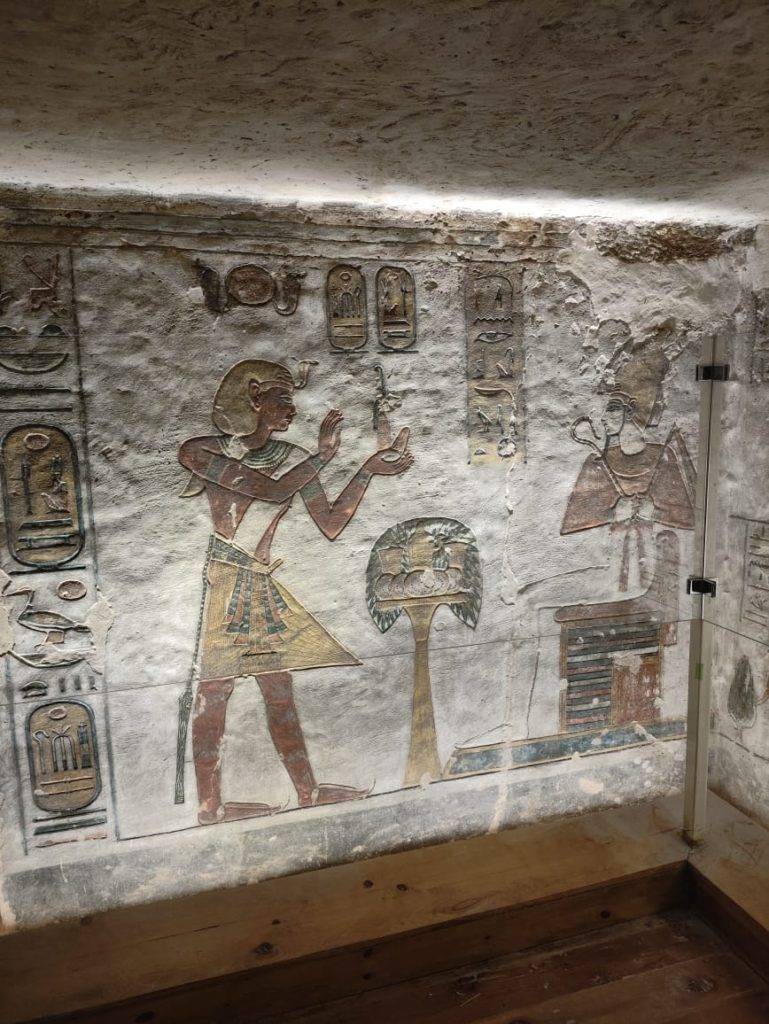
Conservation and Preservation
KV11, a tomb in the Valley of the Kings, has faced many challenges over the years, including flooding, looting, and erosion. Today, teams from around the world work to preserve it. Their efforts include stabilizing the walls, cleaning soot and salt, and improving paths for visitors.
One important project is the Ramesses III Project, which has carefully recorded the tomb’s inscriptions. This helps ensure that even if the paintings fade, their meanings will remain clear. Nowadays, management aims to balance tourism with preservation so that visitors can enjoy the tomb while protecting it for the future.
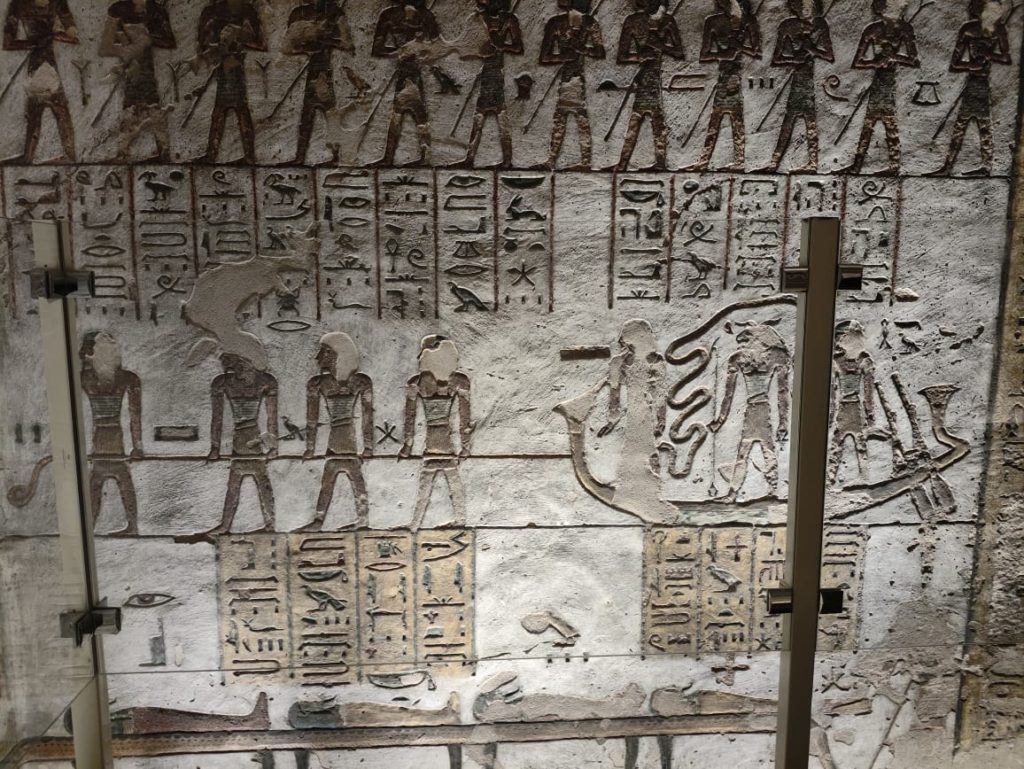
Visiting the Tomb Today
KV11 is one of the best tombs to visit in Luxor. Here’s what you need to know:
– Location: It’s in the Valley of the Kings on the West Bank of Luxor.
– Opening Hours:
– Summer: 6:00 am to 5:00 pm
– Winter: 6:00 am to 4:00 pm
– Ramadan: 6:00 am to 4:00 pm
Tickets:
Prices are EGP 750 for adults and EGP 375 for students, which allows entry to three tombs of your choice.
– Accessibility: The long corridors in this tomb are easier to walk through than some other steeper or narrower tombs.
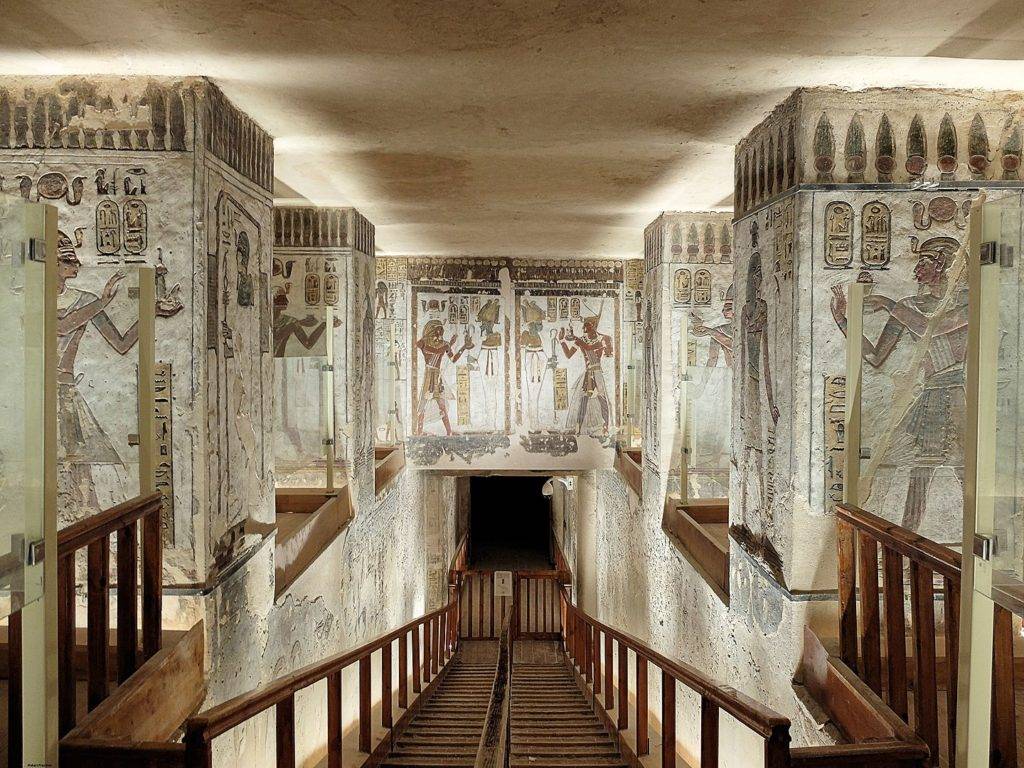
Why KV11 Stands Out
KV11 in the Valley of the Kings stands out for several reasons:
– Size: At nearly 188 meters, it is one of the largest tombs in the valley.
– Unique design: It has a rare architectural twist because of its collision with KV10.
– Harpist reliefs: These special carvings make it different from other royal tombs.
– Important texts: The tomb contains many funerary writings, which help us understand beliefs from the New Kingdom.
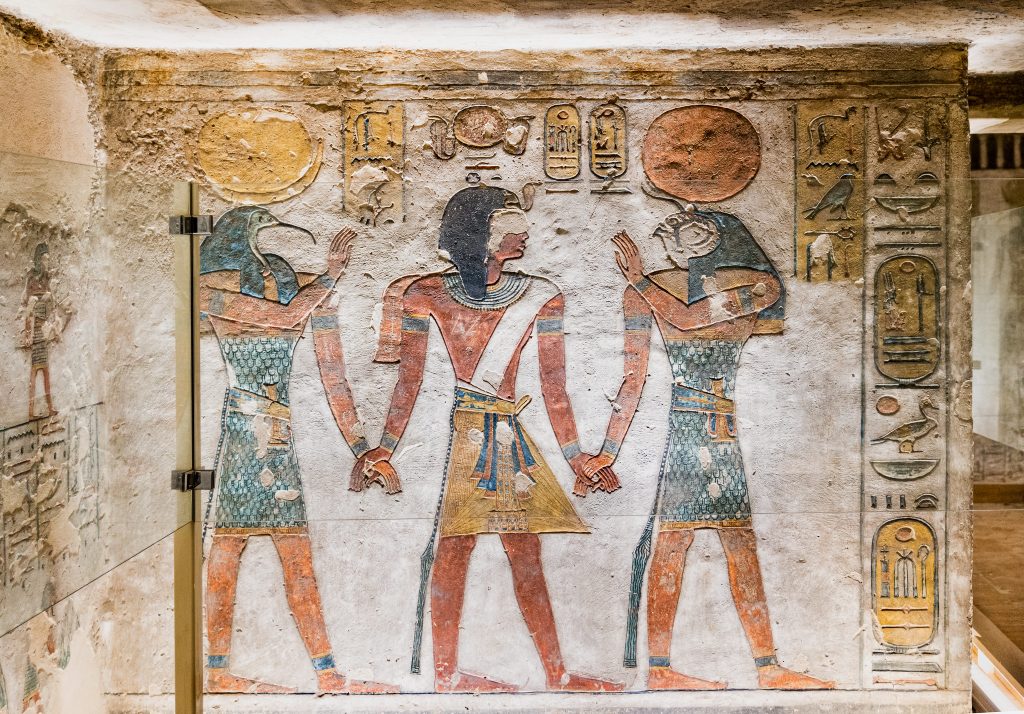
Stepping into the Afterlife
Visiting the Tomb of Ramesses III (KV11) is not just a tour; it’s a deep dive into ancient Egyptian beliefs. Each hallway, painted wall, and carved inscription aims to help the pharaoh reach the afterlife safely. For today’s visitors, KV11 offers a look into history and a powerful reminder of humanity’s search for meaning after death.
If you’re going to Luxor, make sure to visit KV11. This tomb is a mix of impressive size, beautiful art, and mystery. It is an unforgettable part of Egypt’s history that continues to amaze people thousands of years after it was carved in the Valley of the Kings.
Got a Question?
F.A.Qs
The tomb was originally started for Pharaoh Setnakhte but abandoned when it broke into a neighboring tomb. It was later completed and expanded for his son, Ramesses III, who reigned during Egypt’s Twentieth Dynasty.
Inside KV11 are rare reliefs showing blind harpists performing before the gods. These scenes are unusual in royal tombs and gave KV11 its popular nickname, the “Tomb of the Harpists.”
KV11 extends nearly 188 meters into the cliffs of the Valley of the Kings, making it one of the largest tombs in the necropolis.
The walls are richly decorated with funerary texts including the Litany of Ra, the Book of Gates, the Amduat, the Book of the Dead, and the Book of the Earth. These were designed to guide the pharaoh through the afterlife.
The king’s massive granite sarcophagus was removed in antiquity. Its box is now in the Louvre Museum in Paris, while the lid is in the Fitzwilliam Museum in Cambridge, UK. His mummy was discovered in the Deir el‑Bahari cache and is now in Cairo’s Egyptian Museum.
Did you know that
By purchasing through our links, you support us at no additional cost.
Thank you for your support. ♥️



